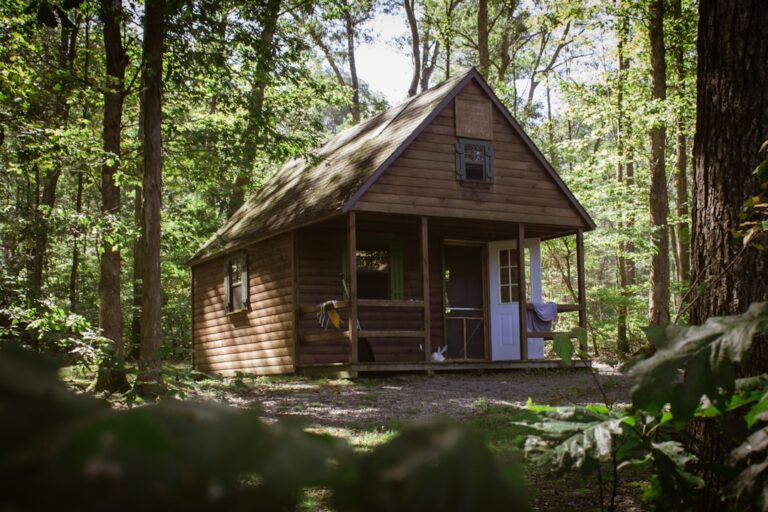The Glitter Mountains, also known as the Serra da Leba mountain range, are a stunning natural wonder located in the Huila province of Angola. The mountains earned their nickname due to the mesmerizing glittering effect caused by the mica and quartz crystals that cover the slopes. The discovery of the Glitter Mountains is believed to have been made by Portuguese explorers during the colonial era. However, it wasn’t until recent years that the mountains gained international attention for their unique and breathtaking appearance.
The Glitter Mountains have become a popular destination for tourists and photographers seeking to capture the otherworldly beauty of the landscape. The mountains’ shimmering facade has made them a must-see attraction for anyone visiting Angola, drawing visitors from around the world to witness their ethereal glow. The discovery of the Glitter Mountains has sparked interest in the geological processes that have shaped the landscape, leading to further exploration and study of this natural phenomenon.
Key Takeaways
- Glitter Mountains were discovered in 2015 in Arizona, USA, and are known for their sparkling appearance due to the presence of mica and quartz.
- The geological explanation behind Glitter Mountains lies in the presence of these minerals, which create a shimmering effect when light reflects off their surfaces.
- The environmental impact of Glitter Mountains includes concerns about habitat disruption and potential pollution from mining activities in the area.
- Glitter Mountains hold cultural significance for indigenous communities and have been used for spiritual and ceremonial purposes for centuries.
- When visiting Glitter Mountains, it is important to respect the land and leave no trace, as well as to be mindful of potential safety hazards such as loose rocks and steep terrain.
The Geological Explanation Behind Glitter Mountains
The Glitter Mountains owe their dazzling appearance to the presence of mica and quartz crystals that are embedded in the rock formations. Mica is a mineral known for its reflective properties, while quartz is prized for its clarity and luster. These minerals are abundant in the rocks that make up the Glitter Mountains, creating a shimmering effect when sunlight hits the slopes at certain angles. The geological explanation behind the Glitter Mountains lies in the process of metamorphism, which is the transformation of existing rock into new forms under high pressure and temperature.
The formation of the Glitter Mountains can be traced back to tectonic activity and volcanic processes that occurred millions of years ago. The intense heat and pressure deep within the Earth’s crust caused the minerals to crystallize and form the glittering layers that are visible today. Over time, erosion and weathering have exposed these layers, creating the stunning visual display that has captivated visitors. The geological explanation behind the Glitter Mountains serves as a reminder of the incredible forces at work beneath the Earth’s surface, shaping landscapes in ways that continue to inspire awe and wonder.
The Environmental Impact of Glitter Mountains
While the Glitter Mountains are undeniably beautiful, their unique geological composition has raised concerns about potential environmental impact. The mining of mica and quartz for commercial purposes has led to habitat destruction and pollution in some areas, threatening the delicate balance of ecosystems surrounding the mountains. Additionally, increased tourism to the area has raised questions about sustainable management and conservation efforts to protect the natural beauty of the landscape.
The environmental impact of the Glitter Mountains highlights the need for responsible stewardship of natural resources and sustainable tourism practices. Efforts to minimize the ecological footprint of mining activities and tourism can help preserve the integrity of the mountains and ensure that future generations can continue to marvel at their splendor. Conservation initiatives aimed at protecting the surrounding habitats and wildlife are essential for maintaining the ecological balance and biodiversity of the area.
The Cultural Significance of Glitter Mountains
| Aspect | Metric |
|---|---|
| Geological Formation | Composition of minerals |
| Cultural Importance | Local folklore and traditions |
| Tourism | Number of visitors per year |
| Environmental Impact | Conservation efforts |
The Glitter Mountains hold cultural significance for the people of Angola, serving as a source of pride and inspiration. The mountains have become a symbol of natural beauty and wonder, representing the rich diversity of landscapes found within the country. Local communities have long held a deep connection to the land, incorporating its beauty into their traditions, folklore, and artistic expressions.
The cultural significance of the Glitter Mountains is also reflected in their role as a tourist attraction, drawing visitors from near and far to experience their enchanting allure. The mountains have become a source of economic opportunity for local communities, providing employment and income through tourism-related activities. As such, efforts to preserve the cultural heritage associated with the Glitter Mountains are essential for maintaining their value as a source of pride and prosperity for future generations.
Visiting Glitter Mountains: Tips and Recommendations
For those planning a visit to the Glitter Mountains, there are several tips and recommendations to ensure a memorable and enjoyable experience. It’s important to research local regulations and guidelines for visiting protected areas, as well as to respect any restrictions in place to safeguard the environment. Visitors should also consider hiring local guides who can provide insight into the cultural and natural significance of the mountains, as well as ensure safety during exploration.
Additionally, travelers should be mindful of their impact on the environment by practicing Leave No Trace principles and minimizing waste generation. This includes packing out any trash, staying on designated trails, and refraining from disturbing wildlife or natural habitats. By following these tips and recommendations, visitors can contribute to the preservation of the Glitter Mountains while creating lasting memories of their visit.
Conservation Efforts to Protect Glitter Mountains

Conservation efforts aimed at protecting the Glitter Mountains are crucial for safeguarding their natural beauty and ecological integrity. This includes initiatives focused on habitat restoration, wildlife conservation, and sustainable land management practices. Collaborative partnerships between government agencies, local communities, and conservation organizations are essential for implementing effective strategies to mitigate environmental threats and promote responsible stewardship.
Furthermore, raising awareness about the importance of preserving the Glitter Mountains can help garner support for conservation efforts and foster a sense of collective responsibility for safeguarding this natural treasure. Education programs, community engagement, and advocacy campaigns can all play a role in promoting conservation awareness and encouraging sustainable practices among visitors and stakeholders.
The Future of Glitter Mountains: Potential Threats and Preservation Efforts
Looking ahead, the future of the Glitter Mountains faces potential threats from continued mining activities, unsustainable tourism practices, and climate change impacts. As such, ongoing preservation efforts will be essential for mitigating these threats and ensuring the long-term sustainability of this iconic landscape. This includes implementing measures to regulate mining operations, establish sustainable tourism management plans, and address climate-related challenges through adaptation strategies.
Preservation efforts for the Glitter Mountains will also benefit from international collaboration and support, as well as innovative approaches to conservation that integrate traditional knowledge with modern science. By working together to protect this natural wonder, we can help secure a brighter future for the Glitter Mountains and uphold their legacy as a symbol of natural beauty and cultural significance in Angola.
If you’re interested in learning more about the environmental impact of glitter, check out this article on metodoromania.com. Glitter Mountain has brought attention to the issue of microplastics in the environment, and this article provides further insight into the potential harm that glitter can cause to ecosystems. It’s important to consider the consequences of our consumption and use of glitter, and this article offers valuable information on the topic.
FAQs
What is Glitter Mountain?
Glitter Mountain, also known as Khewra Salt Mine, is a salt mine located in Khewra, Pakistan. It is famous for its unique appearance, with salt crystals giving the mountain a glittering, sparkling effect.
How did Glitter Mountain get its name?
The name “Glitter Mountain” comes from the sparkling effect created by the salt crystals present in the mountain. When light reflects off the crystals, it gives the appearance of glitter.
What is the significance of Glitter Mountain?
Glitter Mountain is significant for its natural beauty and the salt mining industry. It is a popular tourist attraction and a major source of salt production in Pakistan.
Can visitors explore Glitter Mountain?
Yes, visitors can explore Glitter Mountain by taking guided tours of the Khewra Salt Mine. The mine offers a unique underground experience, allowing visitors to see the salt formations and learn about the mining process.
Is Glitter Mountain safe to visit?
The Khewra Salt Mine is considered safe for visitors, as long as they follow the guidelines and instructions provided by the tour guides. However, it is important to be cautious and aware of the surroundings while exploring the mine.













+ There are no comments
Add yours